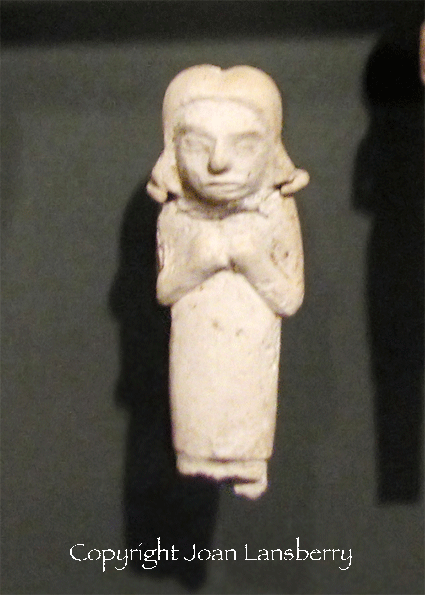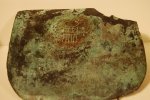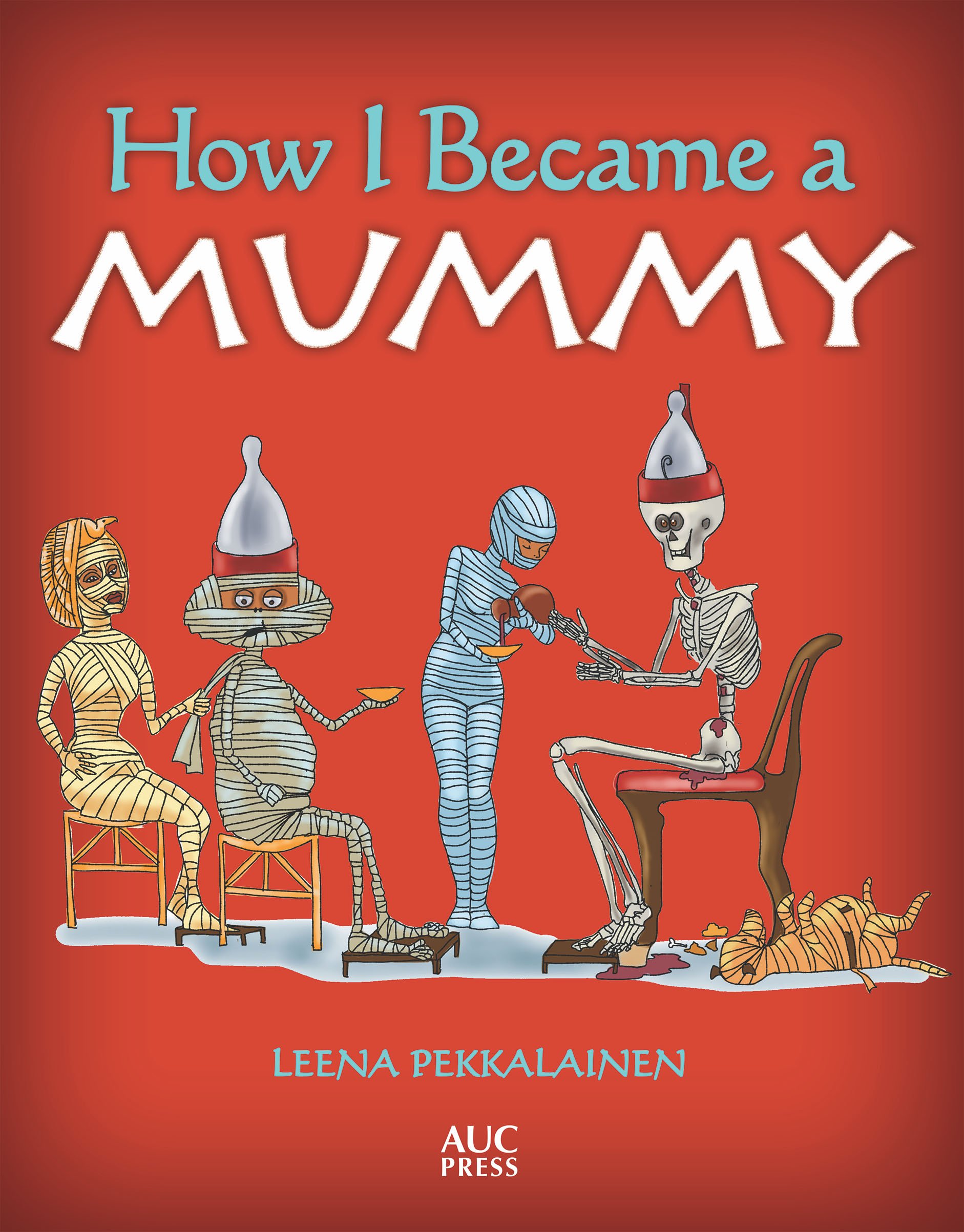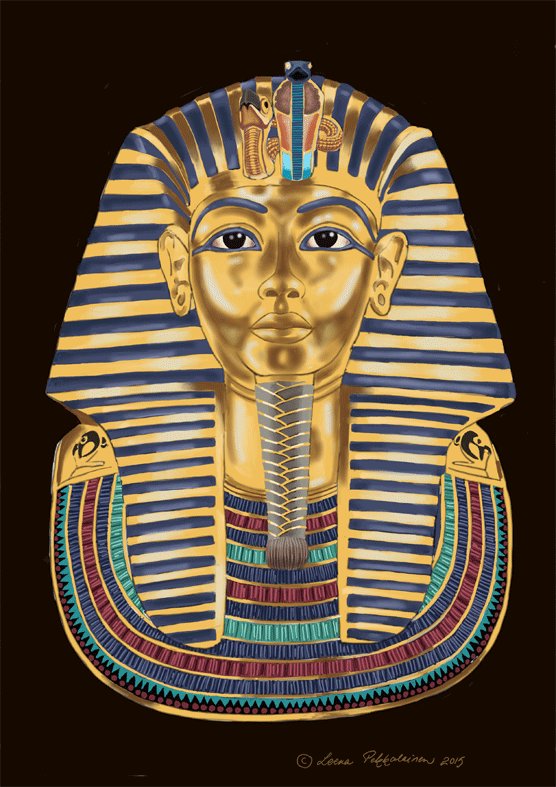queen benerib facts
Queen Benerib’s name appears alongside that of king Hor-Aha on many occasions. Thus it is likely she was Aha’s wife, maybe even the principal wife. Minor wives were not likely to have their names written together with the king, especially in the king’s tomb.
|
They may have had children, but we do not know if this is so. No burial of their children has been found, and the son who inherited Hor-Aha’s crown was not Benerib’s son. Instead his mother was another wife of the king, Khenthap. Benerib’s name means ”Sweet of Heart”. Was this her birth name, or a name given to her by the king? (Thank you, Joan Lansberry, for the kind permission to use your photo. of the little statuette found in Benerib's tomb - the only human statuette found in tombs of Abydos.) |
(Here is a link to picture of an ivory panel at the Bostom Museum of Fine Arts with the names of Hor-Aha and Benerib. It is standing on its tip, you can see the serekh of Hor-Aha in the centre, and Benerib's name is only partially visible at the bottom.)
Below is a picture of a fragment of ivory at the British Museum. Here the names of Hor-Aha and Benerib are better shown. Reference photo is from Wikimedia, under common license.
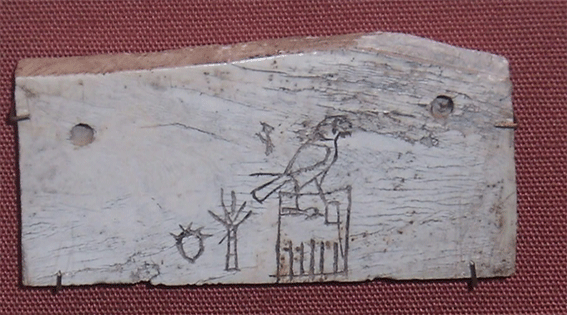
queen benerib's tomb
Benerib's name was found written in king Aha’s tomb complex in Abydos, right next to the king’s sepulchre. It has been suggested that chamber B14 at Umm el-Qaab was Benerib’s, and Aha’s were the chambers B10, B15 and B19.
So maybe she was buried in his tomb. As we know, king Aha had several subsidiary burials, and that the occupants of those graves were probably ritually sacrificed, the thought arises that Benerib was one of those who were killed to serve the king in the afterlife.
Still, we do not know. She might have died before the king, and been important enough to be buried in his tomb. Or indeed she was a minor queen who was killed to accompany her king. This was a cruel practise of the First Dynasty. When we wonder why people allowed this, we must remember the afterlife beliefs of the time. During the early Dynastic age people believed that only the Pharaoh could reach the afterlife. The fact that retainer sacrifice was practiced tells us people believed these sacrificed people would reach the afterlife with the king. And so they may even have volunteered to die, to reach eternal life.
A little ivory sculpture was found in Hor-Aha’s tomb. It is a lady with a long dress and bent arms. Was this a little statuette of Benerib? Or an early shabti - a servant statue that would later in Egyptian history replace the retainer sacrifices? A small picture of the statuette is at the beginning of the page, and here is the link to its museum page at Boston Museum of Fine Arts.
Benerib (or Berner-Ib) may have been related to Neithhotep - it has even been suggested Neithhotep was her mother, but there is no proof of this. Benerib’s name was found on items in Naqada, at the site of Neithhotep’s burial.
queen benerib quiz
1. Queen Benerib’s name means
2. Was Benerib the mother of Hor-Aha’s successor?
3.
Benerib was related to
4. Benerib was buried in
Tutankhamun: In My Own Hieroglyphs
|
Tutankhamun tells about his life - and death. The book that was chosen to travel the world with Tutankhamun's treasures world tour of 10 cities from 2018 onwards. |
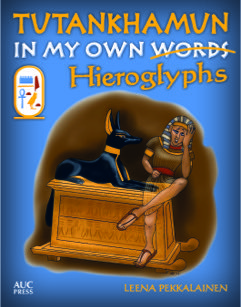
Mummies, Monsters and the Ship of Millions
Mr Mummific's hilarious journey through the 12 caverns of Duat to reach the Field of Reeds.
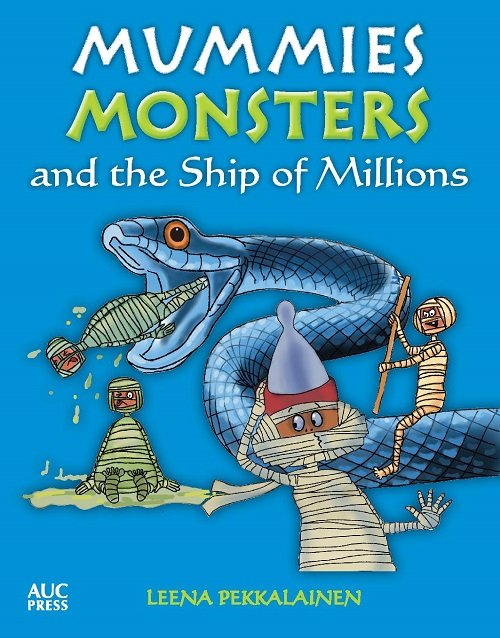
Leena Maria's Newsletter
Tutankhamon's Golden Mask Coloring Page
